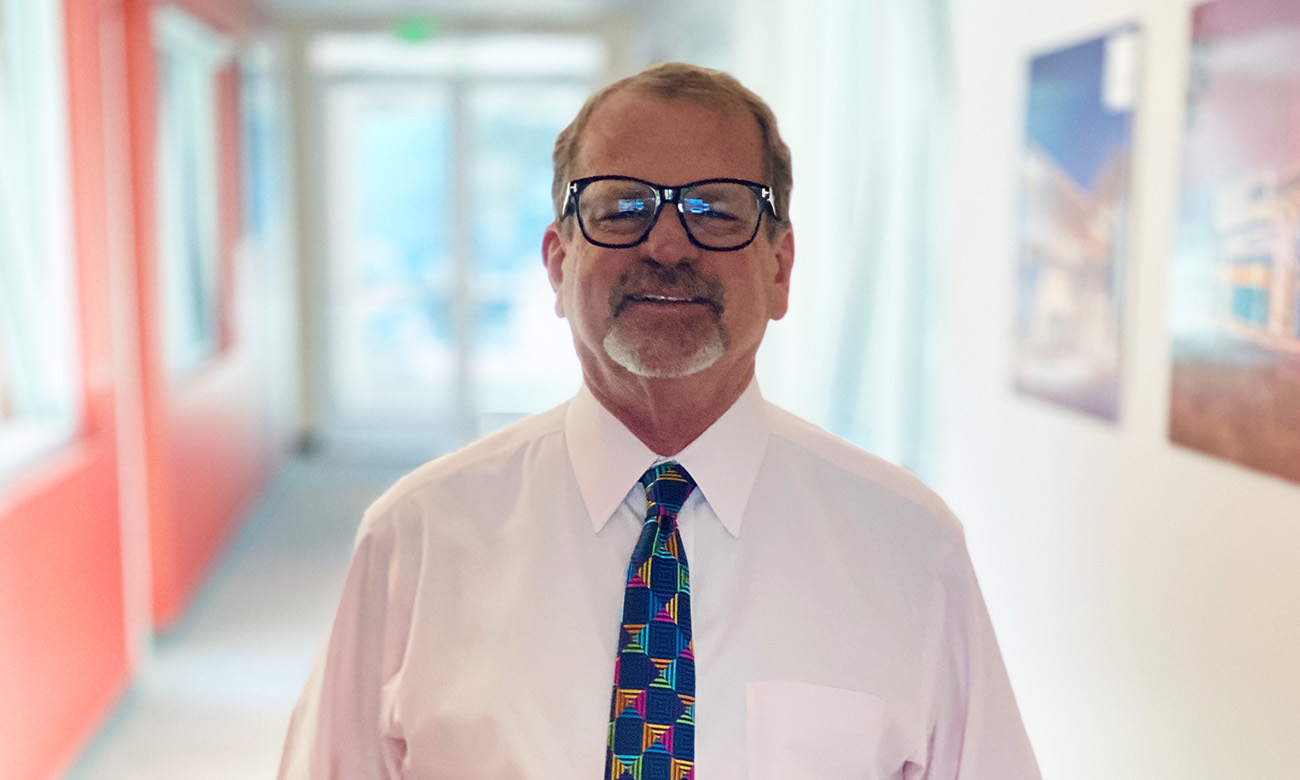
11 Dec Construction Permitting: All Hands on Deck!
Interesting article posted by IAMC, featuring Michael Russell, about the importance of teamwork throughout the permitting process.
https://www.iamc.org/Dispatch/2019/dec/Construction-Permitting-All-Hands-on-Deck
Construction Permitting: All Hands on Deck!
By John Salustri
There’s a great equalizer in industrial real estate construction. It’s the local municipality. Run afoul of local expectations on construction, and no matter what you bring to the table, delays, extra costs and change orders will ensue.
But there’s also a solution that could head such hassles off at the pass: Partnerships. It’s no surprise that IAMC vendor members advocate for saddling up with an expert third party–but so do the corporate members, be they multinational firms with expansive real estate needs or the small, highly specialized player. Let’s look at the larger operator first.
“My team handles practically everything that’s not store or office related,” says Tony Katzer, senior director for Industrial Real Estate & Construction for Walmart in Bentonville, AR. That leaves everything from supply chain and e-commerce support to data centers and even a new test manufacturing site for bottling milk, a total of 150 million square feet of leased and owned properties. “I have a team that handles the real estate aspect; site selection, negotiations, plus a team of design and construction professionals.” In addition, there are onsite people to oversee construction, in all a crew of 27.
Local civil engineers, “have a standing in the community, and they understand what the jurisdictional requirements are.”
— Michael Russell, United Construction
The dot-com side of the business is currently kicking them all into high gear, Katzer says. “We had gone through a brief period of not building that much in the way of distribution centers while we grew the store network,” he explains. “Due to increasing demand from our dot-com business, we are now carefully considering adding more locations to support that network.”
Which means a major ramp up in permitting. “The most challenging part from a permitting aspect is the uniqueness of each municipality,” he says. “What is acceptable in one may not be acceptable to another.” He offers up such variables as sprinkler requirements (“At what point do we have to change our sprinkler requirements for different clear heights or change the size of a water main?”) or California’s various seismic expectations (“How do we brace steel racking?”)
Plus, every build has to meet Walmart expectations for cost-effectiveness. “Every Day Low Price” isn’t just a retail slogan but a corporate mandate. “We don’t want to build a Taj Mahal or over-engineer. The safety of our employees is our primary goal, and we are committed to cost-effectiveness in every aspect of our business, so we can pass along those savings to the customer in the form of lower prices.”
One Move Ahead
To get out ahead of the permitting process, Walmart engages a team of inhouse experts on local economic development issues as well as outside, local architectural and civil engineering consultants. Together, “We try to identify and mitigate any issues that we know the municipality may require.”
That local civil engineering contact is vital, says Michael Russell, CEO of Reno, NV-based United Construction. “They already have relationships with the local jurisdictions,” he explains. “They have a standing in the community, and they understand what the jurisdictional requirements are.”
Also on Russell’s list are the local utilities. It’s all part of early due diligence, he says. “If you don’t do your homework, you may end up spending significant dollars to run a utility line to the site or upgrading the adjacent utility infrastructure. You need to understand the entire cost profile and not just the project construction cost.”
Toward that end, it’s necessary to meet with all interested parties to forestall downstream problems. “It’s critical that face-to-face discussions happen with the ultimate approving parties for a permit,” says Katzer.
Those upfront meetings also form the platform for education on Walmart goals, thus aligning those goals with local interests. “There’s automation in some of the facilities we’re building now,” he says, “and many municipalities haven’t yet seen this level of complexity. When you start talking about facilities with clear heights north of the traditional 40 feet and automation, it becomes critical for us to educate the authorities on our goals and define their concerns on the front end.”
“Every day brings another chance for something else to go wrong. The time uncertainty is the biggest stress.”
— Chad Freeman, Henningsen Cold Storage
With the inhouse knowledge already at work, there’s a pretty good chance that the Walmart team comes prepared to show how those concerns have already been met. Otherwise, “We can discuss compromises that make sense for all parties.”
The tone, though, is a core part of this process. Upfront meetings laying out mutual goals makes for strong partnerships. “At the end of the day,” says Katzer, “we’re all involved in economic development.” Keep that thought in mind. We’ll get back to it.
Russell agrees on the importance of teamwork, and the earlier the better. “We collaborate with our customers from day one on all our projects, but it’s most critical on design/build projects because the timeline is usually so compressed.” While every project is unique, he says there can be a favorable 10-percent price differential with design/build projects where all team members are aligned from the get-go.
Of course, a vital part of that all-hands-on-deck strategy, he says, is making sure the occupier’s point person is up to the task. That means internal pros who understand construction. Russell says he insists on weekly meetings with all involved parties to stay ahead of potential hurdles. To make that happen, “You need people on board who can make decisions in a timely way,” he says.
A Team of One
If partnerships are critical to operations the size of Walmart, imagine the row Chad Freeman has to hoe. Freeman is director of Corporate Development for Henningsen Cold Storage, a Hillsboro, OR-based developer of owner-occupied, temperature-controlled facilities. Nothing Henningsen does is done on spec.
Freeman’s charge is to build out the firm’s national footprint, currently at 2.2 million square feet of owned properties. These are mostly in the Northwest with dots on the map in Pennsylvania, North Dakota and Oklahoma. “My job is to identify and build new opportunities, which includes building, mergers and acquisitions and new concepts and business ventures.” He is part of a three-person staff, including sales. “But if we’re talking development, it’s me.”
Well, he, and lots of consultants in this highly specialized industrial niche. “For us, the building is just a life-support system for the pallet,” he says. “Make some key mistakes and the building is worthless. If you don’t build in under-floor heating, it begins to crack and heave. At hundreds of dollars per foot, ripping it out can cause challenges.”

— Tony Katzer, Walmart
Challenges that are compounded by the pressures of permitting. “It’s amazing how much time permitting can add to a project,” he says. “Every day brings another chance for something else to go wrong. The time uncertainty is the biggest stress.”
So, with an inhouse team of one, “We outsource,” he says. “Our buildings are so complicated that we’ve been using the same contractor to oversee projects with local vendors.” That contractor also manages much of the permitting.
Managing EDC
As mentioned, economic development input is also important, but it’s cherry-picked. “I’m biased,” says Freeman. “I spent the last 10 years in economic development, so I have a good idea of their strengths and weaknesses as development partners, and I try to put them into a position of being successful.”
By that he means knowing what to ask and what to expect. “They’ve always been an asset in terms of topline research, such as market stats and local knowledge,” he says. “So we ask them for things they can realistically deliver. They’re not the ones to ask for help with contractors.”
Like Walmart, it’s also vital for Henningsen to get local officials on its side. So education, upfront and early, is key. “We’re coming into a community and helping provide jobs,” he says. “We’re part of the ecosystem. Helping EDC understand that is essential. Helping them tell this story to their bosses helps them, and sets them up for success.”
Those local interactions go as high as the town’s mayor, who, says Freeman, will hear how the success of a Henningsen client will in turn “help the mayor’s neighbor, who’s a farmer. We have a role that’s greater than ourselves and our jobs.”
For Walmart, Katzer says he’s satisfied with the support of the firm’s inhouse economic development team. But he will engage local EDCs as necessary, and he uses IAMC Professional Forums to connect on future plans with its EDC members.
“Our inhouse group attends IAMC with us,” he says, “and we’ll use that time to set up private meetings to build those relationships with local economic development folks based on certain geographic areas we’re targeting.”
In all, transparency and communication–starting before shovels hit the ground and continuing throughout the project–are what eases not just the permitting process, but indeed the entire build. And it’s a game everyone needs to play, inhouse pros and all local stakeholders.
“Engage the professionals, hire people you can trust and let them do their work,” Katzer says. “Encourage them to interact on the front end with the local municipality so you can all grow together.”
That, he says, is the key to managing an efficient permitting process.



